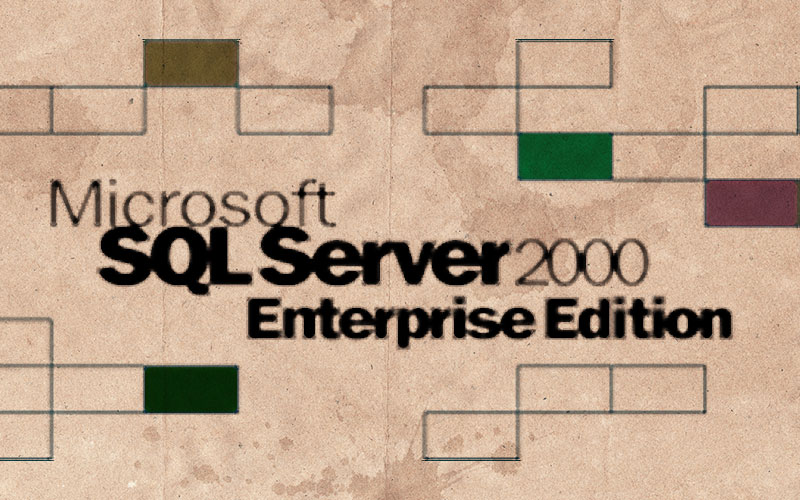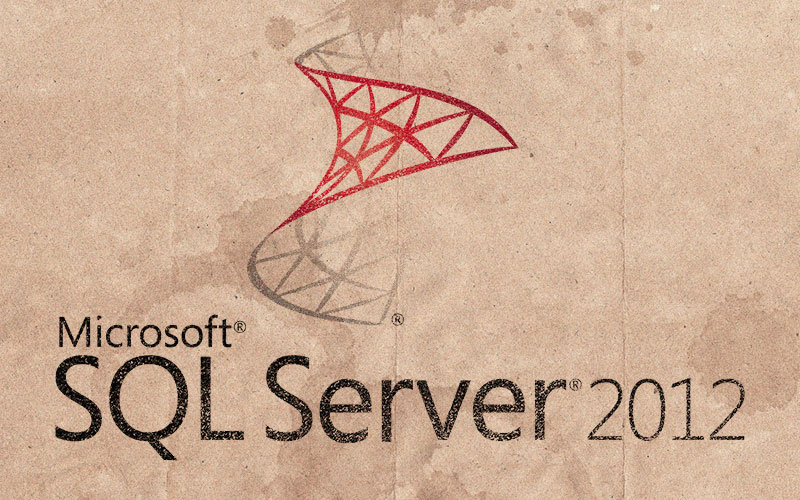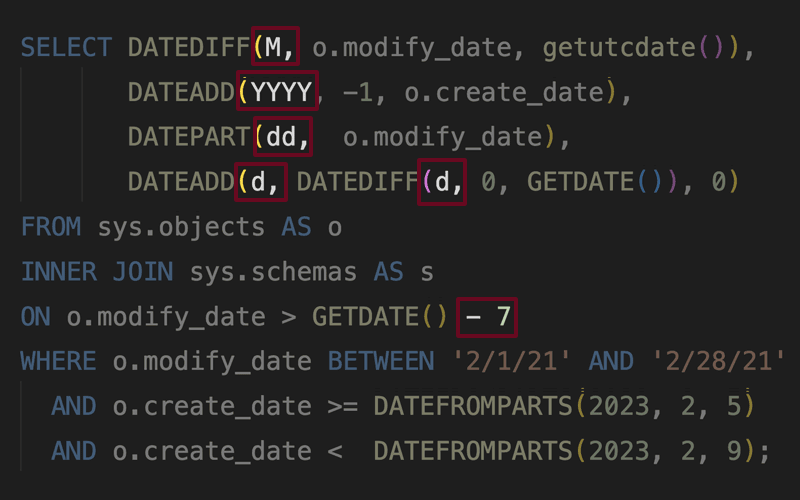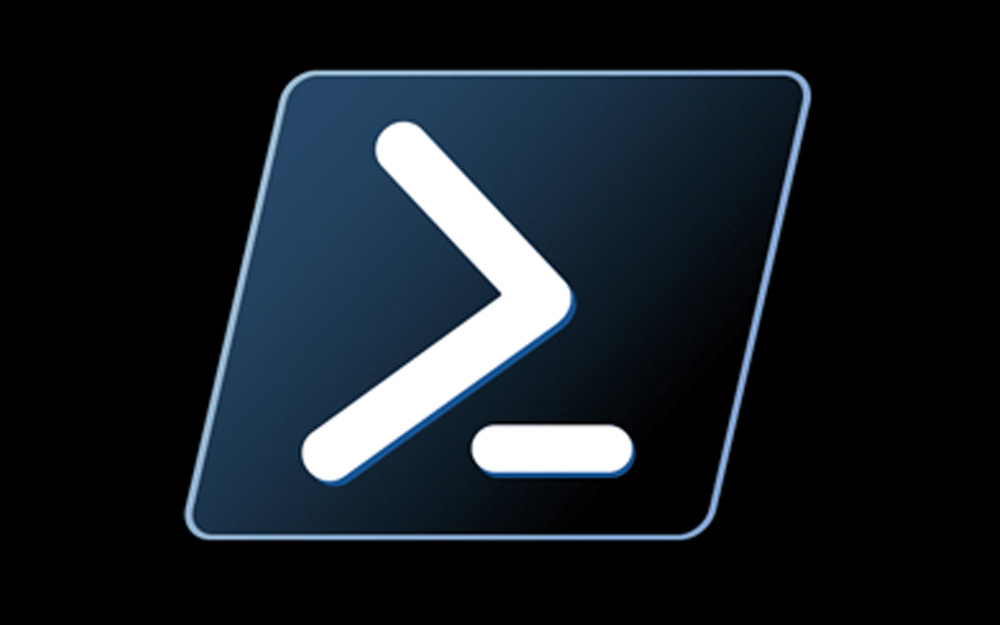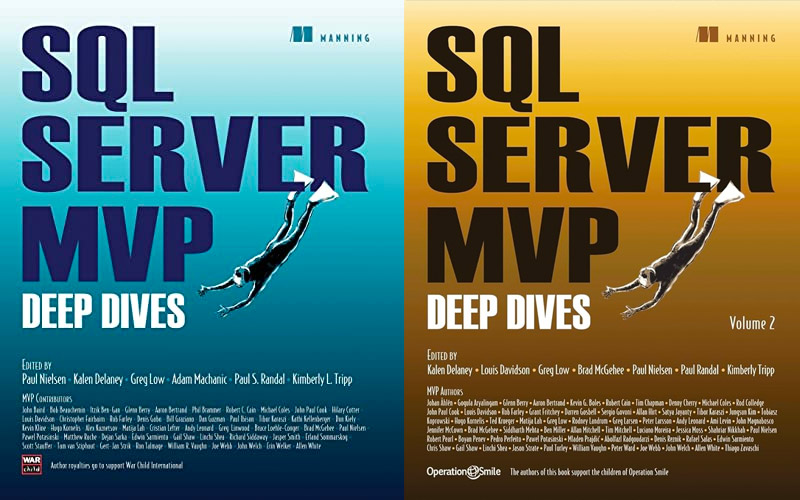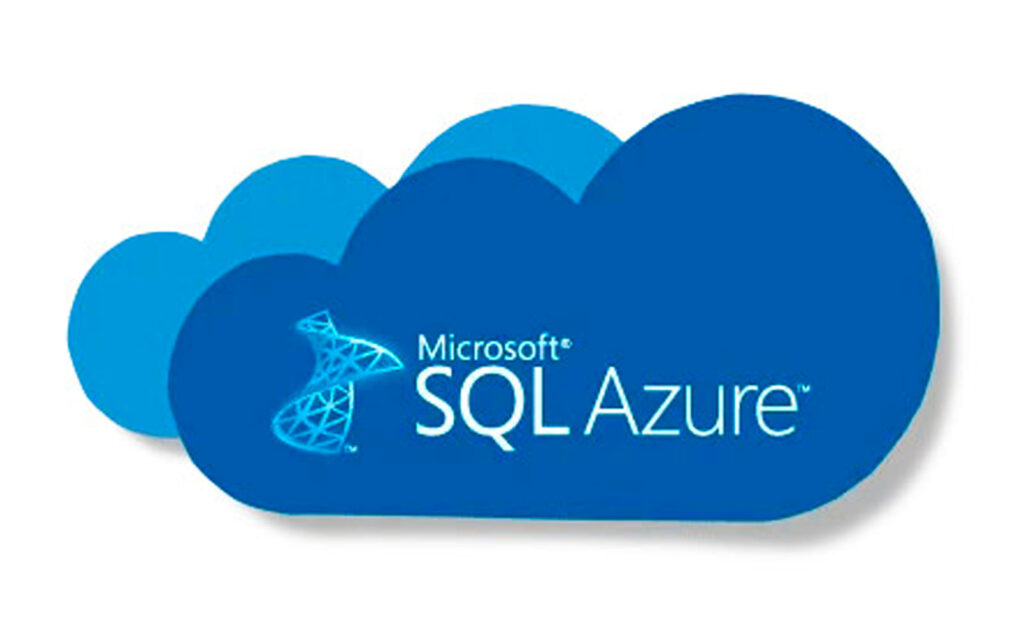This one time, I traveled over 18,000 miles and had 26 net time zone changes, all to give a couple of sessions.
Tip : Storing E-mail addresses more efficiently – Part 1
A long, long time ago, ORDER BY in a view meant something. People still think so. Read why…
Tip : Checking for potential constraint violations before entering SQL Server TRY and CATCH logic
By way of an example, see why most of what you hear about SQL Server is only true some of the time, at best.
Tip : Troubleshooting IntelliSense in SQL Server Management Studio
Talking about the common misconception that a while looper is faster than a cursor (and why it's still a cursor).
In this tip, I talk about the snippets feature in Management Studio, to encourage consistent coding conventions.
See why I prefer alias = expression over the more standards-compliant expression AS alias syntax.
In early 2012, I review some of my community contributions and travels from 2011.
For this month's T-SQL Tuesday, I talk about UTC, DST, and offsets.
This month's T-SQL Tuesday is being hosted by Allen White (@SQLRunr) and is about sharing your T-SQL tips and tricks. Since I know many people...
I show a dynamic SQL query that shows the number of rows that contain NULL in a certain column.
For this month's T-SQL Tuesday, we're talking about procedures and functions.
See several examples supporting the idea that you should use catalog views, not INFORMATION_SCHEMA, in SQL Server.
See why you might be getting unexpected syntax errors when using builtins within table-valued function calls.
See a quick metadata script that finds all tables, across all user databases, without a primary key.
Learn why you shouldn't use BETWEEN for date range queries, even with the date data type.
On older versions of SQL Server, it was tedious work tying DBCC INPUTBUFFER output to active requests. See one way we used to do this.
For this month's T-SQL Tuesday, I talk about EXCEPT (and INTERSECT) as possible replacements for clunky join syntax.
I talk about a couple of minor changes to Policy-Based Management in SQL Server 2012.
When EOMONTH was first announced, I questioned its value, and thought BOMONTH would have been more useful.
See why you should use sp_executesql instead of EXEC() for running dynamic SQL strings.
See an example that defies a generalization about performance: getting the largest value in a column.
For this month's T-SQL Tuesday, I talk about redundant string building.
I chase down whether sp_hexadecimal is a system stored procedure, and it only further proves you should avoid sp_.
For this month's T-SQL Tuesday, I share some of my favorite best practices.
Use dynamic SQL to clear out a schema, from the metadata, without worrying about dependency order.
Apps on phones are nice. But if you're a DBA responding to an incident, the app won't get you far.
In this tip, I show how you can determine memory usage attributed to each object.
A simple syntax fix to deal with named instance of SQL Server inside performance counter arguments.
Make sure you are aware of the consequences of disabling the guest account.
Some details behind a second collaborative book project with MVPs.
Tip : Identify deprecated SQL Server code with a server side trace
Before we had STRING_AGG, I talked about how FOR XML PATH was the best way to aggregate strings.
I talk a bit about the very early sneak peaks of the very first iteration of columnstore indexes.
My first toe-dip into SQL Azure was not as intuitive as I was hoping.
Tip : Enforce Database Naming Conventions with Policy-Based Management
For this month's T-SQL Tuesday I talk about how to remotely run T-SQL workloads using PowerShell.
I had a little pain point with PowerShell and explain how I got out of it.
I show how to use a DDL trigger to capture index changes.
I explain how I use PowerShell to collect performance monitor counters at scale.
Experience a DBA's trial and error method of getting some PowerShell automation working.




